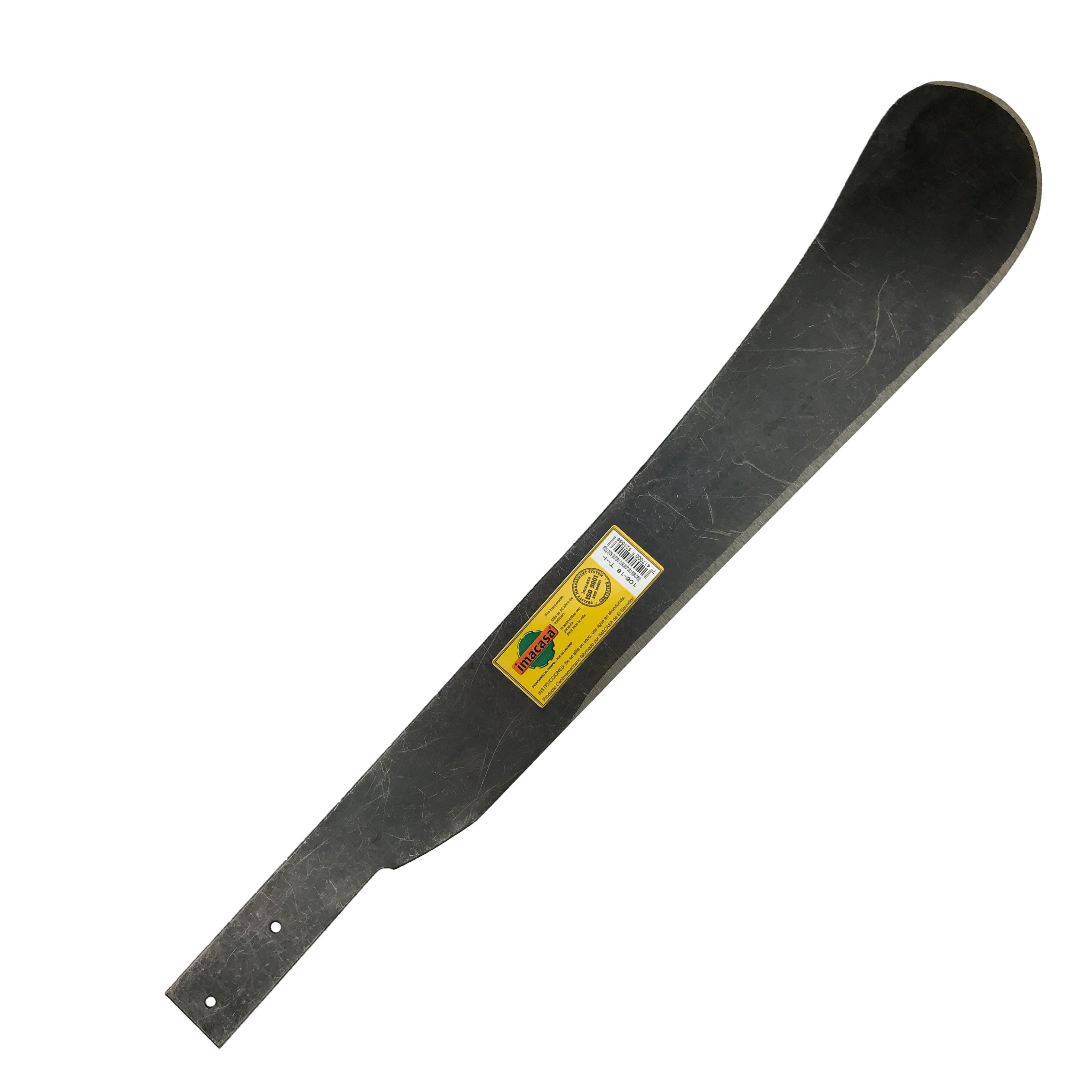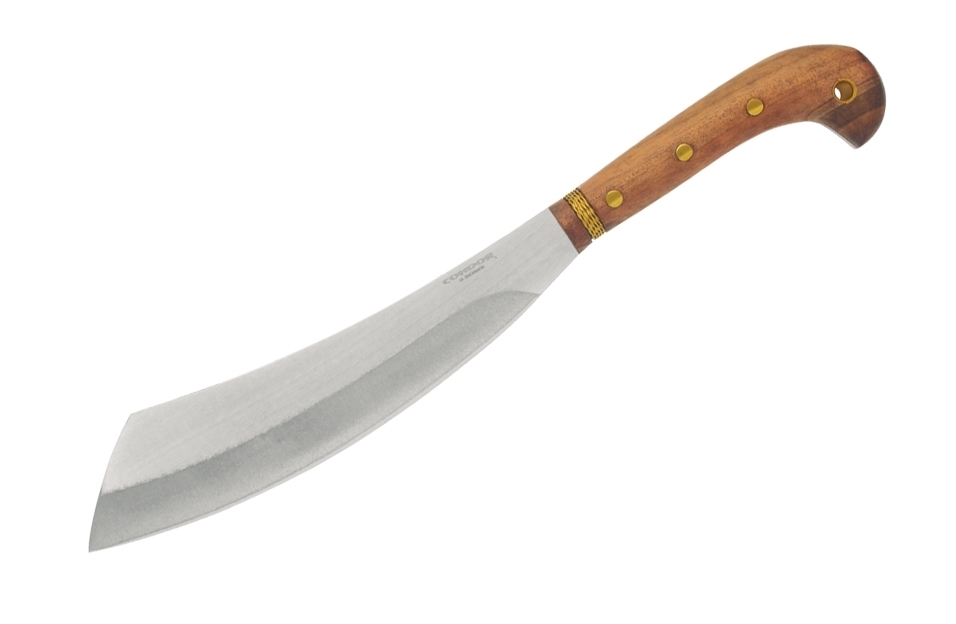I bought a bare machete blade and I intend to make it a handle from veneer-core plywood.
I read two threads on glue, one old, one new, and I still don't know what to use. I need a handle that is tough, safe, and comfortable. I don't care if it is pretty. I have JB MarineWeld #8272, 3960 PSI version on hand. I also had Gorilla Super Glue (CA) but it hardened in the bottle as always seems to happen. Can I use the MarineWeld or will it fail under impact?
Can I make pins from framing nails of the right diameter or do I need another stock to have success peening them? Do I peen them before or after the adhesive has cured?
I read two threads on glue, one old, one new, and I still don't know what to use. I need a handle that is tough, safe, and comfortable. I don't care if it is pretty. I have JB MarineWeld #8272, 3960 PSI version on hand. I also had Gorilla Super Glue (CA) but it hardened in the bottle as always seems to happen. Can I use the MarineWeld or will it fail under impact?
Can I make pins from framing nails of the right diameter or do I need another stock to have success peening them? Do I peen them before or after the adhesive has cured?




 Look , if you want to peen pins you need to shape to finish handle first .To do that you need pins to hold scale on tang .After you finish handle you remove that pins and you glue handle with new little longer pins and you peen them . I use longer pins when I am gluing/finish shape/ handle so I can remove them after Epoxy cure . If I use right size pins and I want to peen them after I assembly scale it is real mess ...This way after epoxy cure I use new pins and I can peen them clean , I mean there is no liquid epoxy all around , just epoxy in pin holes .If I peen them after epoxy cure I am afraid that stress from peening would peel off the epoxy from the pin . The only reason i use epoxy when I peen pins is to seal that part of handle from moisture.
Look , if you want to peen pins you need to shape to finish handle first .To do that you need pins to hold scale on tang .After you finish handle you remove that pins and you glue handle with new little longer pins and you peen them . I use longer pins when I am gluing/finish shape/ handle so I can remove them after Epoxy cure . If I use right size pins and I want to peen them after I assembly scale it is real mess ...This way after epoxy cure I use new pins and I can peen them clean , I mean there is no liquid epoxy all around , just epoxy in pin holes .If I peen them after epoxy cure I am afraid that stress from peening would peel off the epoxy from the pin . The only reason i use epoxy when I peen pins is to seal that part of handle from moisture.